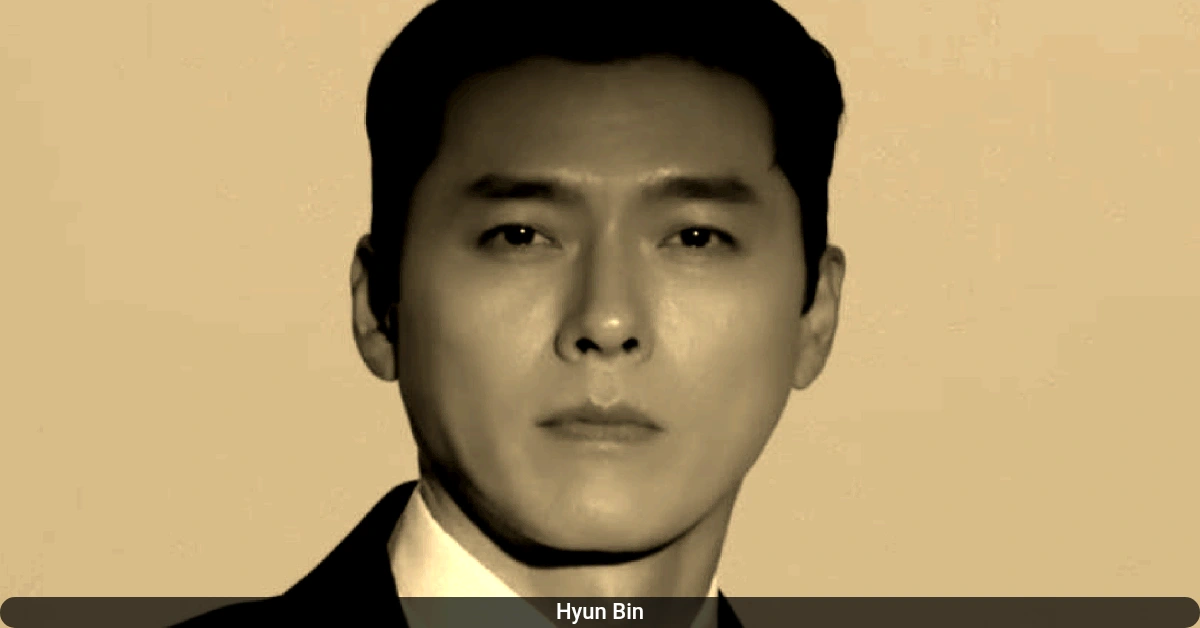Eddie Redmayne’s latest role required more than just learning lines. To become the elusive assassin in The Day of the Jackal, the actor underwent a major physical transformation, using detailed prosthetic disguises that were so challenging they left him sweating under layers of foam and rubber. The new series modernizes the classic story by turning its central hitman into a master of practical disguise, a creative choice that demanded a significant commitment from its star.
The Sweat and Detail of the Prosthetic Process
For the series’ opening scene, Redmayne appears as an elderly German cleaner, a disguise that took four hours to apply. The process involved a full facial prosthetic and a foam suit to change his body shape, overseen by makeup designer Melanie Lenihan and prosthetics designer Richard Martin. The physical discomfort was intense, especially as the scene was shot on a very hot day in Hungary without air conditioning.
“My overwhelming memory of those days was Richard coming and doing pin pricks through the prosthetic and this sweat oozing out the top,” Redmayne recalls.
Redmayne explained that acting with prosthetics is a unique challenge. Preparation time is limited because the application is so costly and time-consuming. He expressed great respect for actors who master the craft, noting that it becomes a “trial and error experience” to deliver a believable performance under such restrictive conditions.
A Modern Assassin for a Modern World
The series is a contemporary update of Frederick Forsyth’s iconic 1971 novel. The producers decided that for the Jackal to remain anonymous in today’s world of advanced surveillance, his methods needed to evolve. While the original character used subtle changes like hair dye, the new Jackal is a master of prosthetics.
“One of the things I think we all loved about the original movie and the book was the way that the Jackal is a chameleon, really. In the film, it was bits of hair dye, and, you know, subtle things, that shifted. But now, because of CCTV and because of face recognition technology, it felt like we could amp that up, and so we leant into this idea of the Jackal as a full blown prosthetic artist,” Redmayne said.
This approach allowed the show to explore the meticulous preparation and effort behind each disguise, making it a core part of the character’s identity.
The Technology Behind the Transformation
Prosthetics designer Richard Martin used modern technology to create Redmayne’s various looks. Instead of traditional clay molding, the team started with a 3D scan of the actor’s head. This allowed Martin to digitally sculpt different prosthetic concepts and present them to the directors and producers before any physical work began, ensuring the designs were right.
Director Brian Kirk wanted the disguises to be more than just simple makeup, leading to the creation of multiple complete character transformations. In one striking scene, the Jackal recreates the face of a dead man. To achieve this, Martin first applied the prosthetic makeup to Redmayne and posed him as the corpse. Using gravity and the positioning as a guide, the team then built a realistic dummy that would appear in the scene alongside the actor.
Martin described the project as “a job of wins,” praising the show’s commitment to showing the reality of applying and removing prosthetics. The series includes scenes where the Jackal painstakingly removes his disguises, something rarely shown with such authenticity on screen.
Also Read:
A Character Defined by Disguise
The prosthetics are not just a visual trick but central to understanding the Jackal’s character. Redmayne, who also served as an executive producer, wanted the audience to see the work behind the disguises. He ensured that the lengthy removal process was part of the storyline, giving viewers a behind-the-scenes look at the character’s secretive methods.
The role of the Jackal is balanced by Lashana Lynch’s character, Bianca, an MI6 agent dedicated to tracking him down. The series presents them as two sides of the same coin—both obsessive, ruthless, and operating in a morally grey area. This complexity adds depth to the classic cat-and-mouse chase, making the show about more than just a villain and a hero.
Also Read: Netflix’s New Taiwanese Drama Had I Not Seen The Sun: Cast and Character Guide
The Real History Behind Netflix’s New Samurai Show Last Samurai Standing






















